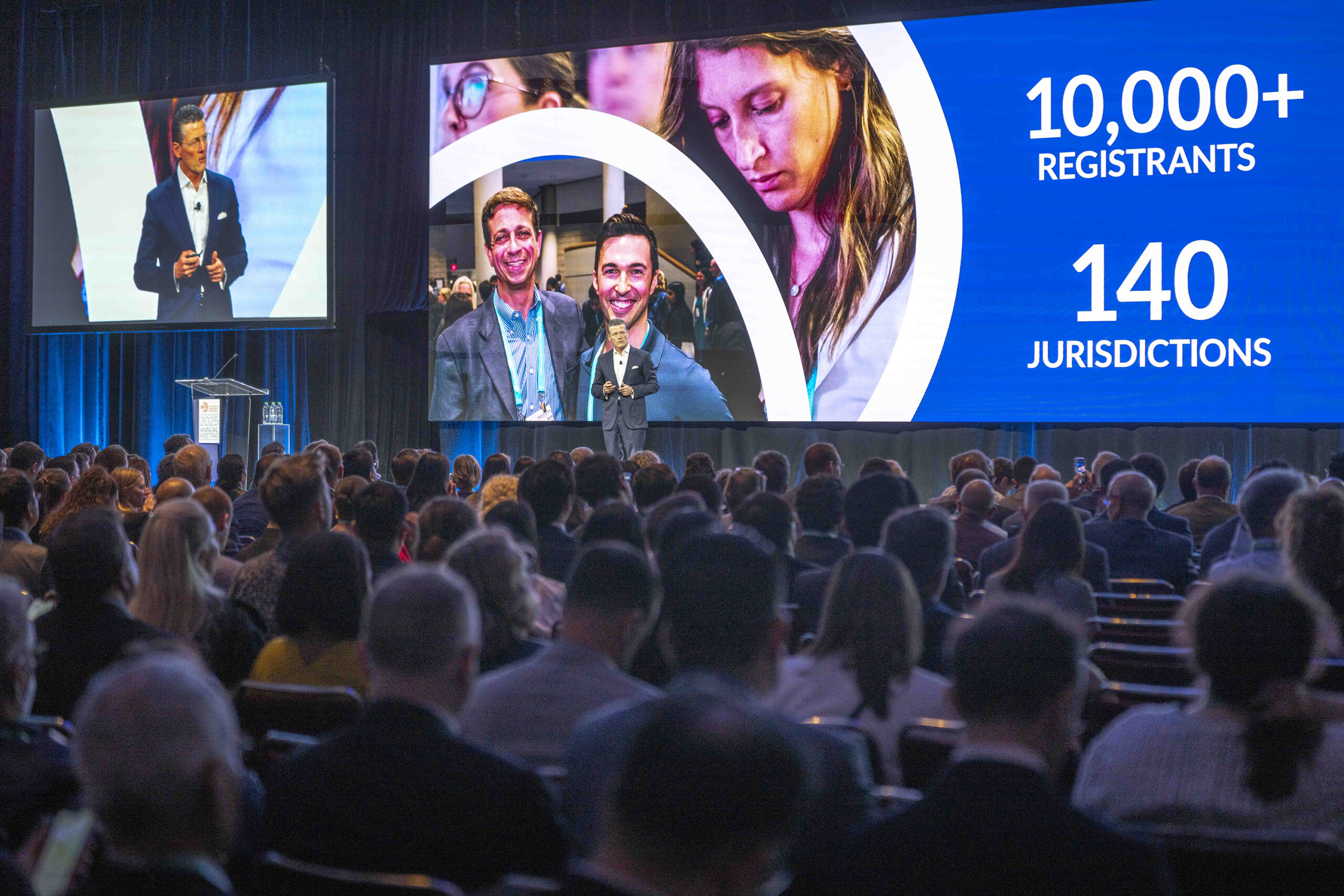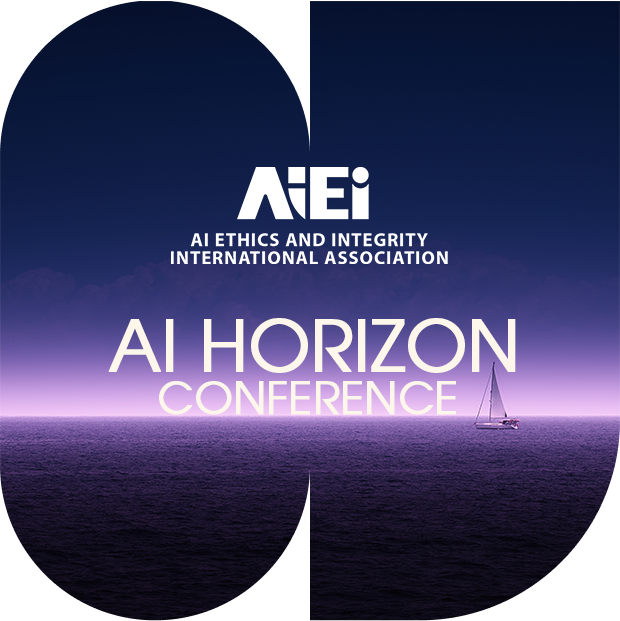AI and the IP Ecosystem: INTA’s Foundational Principles

Article by Filipe Fonteles Cabral – Member of INTA’s Artificial Intelligence Advisory Group and Vice-Chair of its Data Protection Committee, published in AI Horizon Journal for AI Ethics & Integrity International Association.
The rise of generative AI in recent years has sparked intense debate about its impact on various branches of intellectual property (IP). AI systems are capable of generating content (such as text, images, designs, and even inventions) that traditionally fall within the scope of IP protection. The evolution of AI challenges traditional notions of human creation and introduces new legal concerns for IP owners, AI users, and developers.
The International Trademark Association (INTA) is committed to elevating the understanding of and respect for IP rights and works both to promote effective laws and policies worldwide on IP rights and to harmonize their implementation. The Association is actively involved in ongoing discussions on the convergence of AI and IP.
INTA’s AI-Related Initiatives
As AI systems develop, they increasingly impact society. Governments are working to define legal and policy frameworks. In some cases, the policies and proposed regulations contain provisions that address IP issues.
With the objective of supporting governments and regulators in the analysis of issues arising from the friction of AI and IP and guiding INTA’s advocacy on the subject, the Association’s Board of Directors recently voted to adopt a resolution establishing an initial set of foundational principles to help guide policy development on the intersection of AI and IP rights. The Resolution affirms the importance of human oversight in IP decision-making, supports transparency in AI-generated content, and calls for balanced regulation that protects innovation, proprietary data, and consumer trust.
The foundational principles adopted in the Resolution emphasize the importance of balancing innovation with the protection of IP rights. Key elements of the Resolution are:
- Recognition of human contributions
- Human oversight in IP decisions
- Transparency and consumer trust
- Protection of proprietary information
The Resolution is the result of collaborative work by INTA’s Artificial Intelligence Advisory Group (AIAG), which consolidated expert consensual views from various INTA committees on key legal and policy issues at the intersection of AI and IP. The AIAG is now delving into the perspectives that did not reach consensus among its members.
As the legal implications of AI continue to evolve, the need for informed, adaptive frameworks becomes ever more critical, and INTA is playing a central role in guiding businesses and policymakers through the unique complexities of IP in this context.
The following key legal issues surrounding the use of generative AI—presented across some of the most predominantly used IP rights, namely: copyright, trademarks, designs, and patents.
Copyrights
Issues surrounding AI and copyright can generally be divided into two groups: the input and the output stages of the AI tool.
In the input stage (covering data mining, AI training, and dataset preparation), the central concern is potential copyright infringement. Rights holders argue that using protected works without authorization to train AI systems violates their rights if no license has been obtained.
In contrast, many AI developers claim that such use constitutes fair use, especially when it is transformative and does not interfere with the market for the original work.
Rights holders also call for greater transparency regarding how data is collected and used during training. Several lawsuits around the world are currently testing these arguments.
In the output phase (when the AI system generates content in response to user prompts), three main legal issues arise: authorship, ownership, and potential infringement of third parties’ rights due to the work product. Most copyright laws require a human author to grant protection, which excludes works generated solely by AI. Nevertheless, some argue that AI can produce original content, such as text, music, or artwork, raising questions about who (if anyone) should be recognized as the author. The ownership debate centers on whether the rights should belong to the AI’s developer, the AI user, or another party.
Finally, even if AI-generated content is technically new, it may still infringe existing copyrights if it closely resembles protected works, even without direct copying.
Trademarks and Designs
The rise of AI tools capable of generating names, logos, slogans, designs, and even branding strategies, is creating new challenges for trademark and design laws.
When AI autonomously generates brand elements, questions arise about liability for potential infringement. For instance, if an AI tool creates a logo similar to a registered mark, or a design that resembles an existing product configuration, who is responsible – the AI user, the AI developer, or the AI provider (as in Software as a Service)? Some scholars have even discussed assigning liability to the AI tool itself, though granting legal personality for machines has proven too complex for the time being.
Moreover, the widespread use of AI in content generation increases the risk of unintentional duplication, making it more difficult to ensure that marks or designs are truly new or original.
Further, considering that in some jurisdictions trademark rights stem from use in commerce (not necessarily from registration before the authorities), an eventual market flooded by new identification elements created by AI increases the complexity of clearance searches.
These issues highlight the need to adapt trademark and design frameworks to address the growing role of AI in brand development and marketing.
Patents
The use of generative AI to create patentable inventions raises legal uncertainties around inventorship, ownership, and core patentability requirements. Most patent laws require inventors to be natural persons, though AI can autonomously generate inventions. So how should we deal with the issues of inventorship and ownership? As of today, AI tools lack legal status and cannot themselves hold rights.
Assessing the novelty and non-obviousness of AI-generated inventions is also challenging. These requirements are traditionally evaluated based on what a person skilled in the art would find new or inventive. But, because AI systems can process massive datasets and identify complex patterns beyond human capabilities, it becomes more difficult to determine whether an invention is truly novel and non-obvious, or simply a sophisticated result of data analysis.
Disclosure is another hurdle, as patent law requires inventions to be described clearly enough to be replicated – something not always possible when AI’s reasoning is opaque or complex. Whether AI-assisted replication should be accepted or if human effort alone should remain the standard is a question that may arise in many jurisdictions.
Whether it is trademarks, copyrights, patents, or other forms of IP, we are at the beginning of the journey toward building a governance framework that is sensible; balanced; rewards innovation; and promotes safe, trusted, and transparent digital experiences. INTA’s AI foundational principles are the building blocks for an evolutionary approach to the challenges ahead.
AI Horizon Conference
The AI Horizon Conference brought together entrepreneurs, investors and industry leaders in Lisbon to discuss key trends and shape the future of AI.

 Bern
Bern
 Lisbon
Lisbon
 New York
New York

